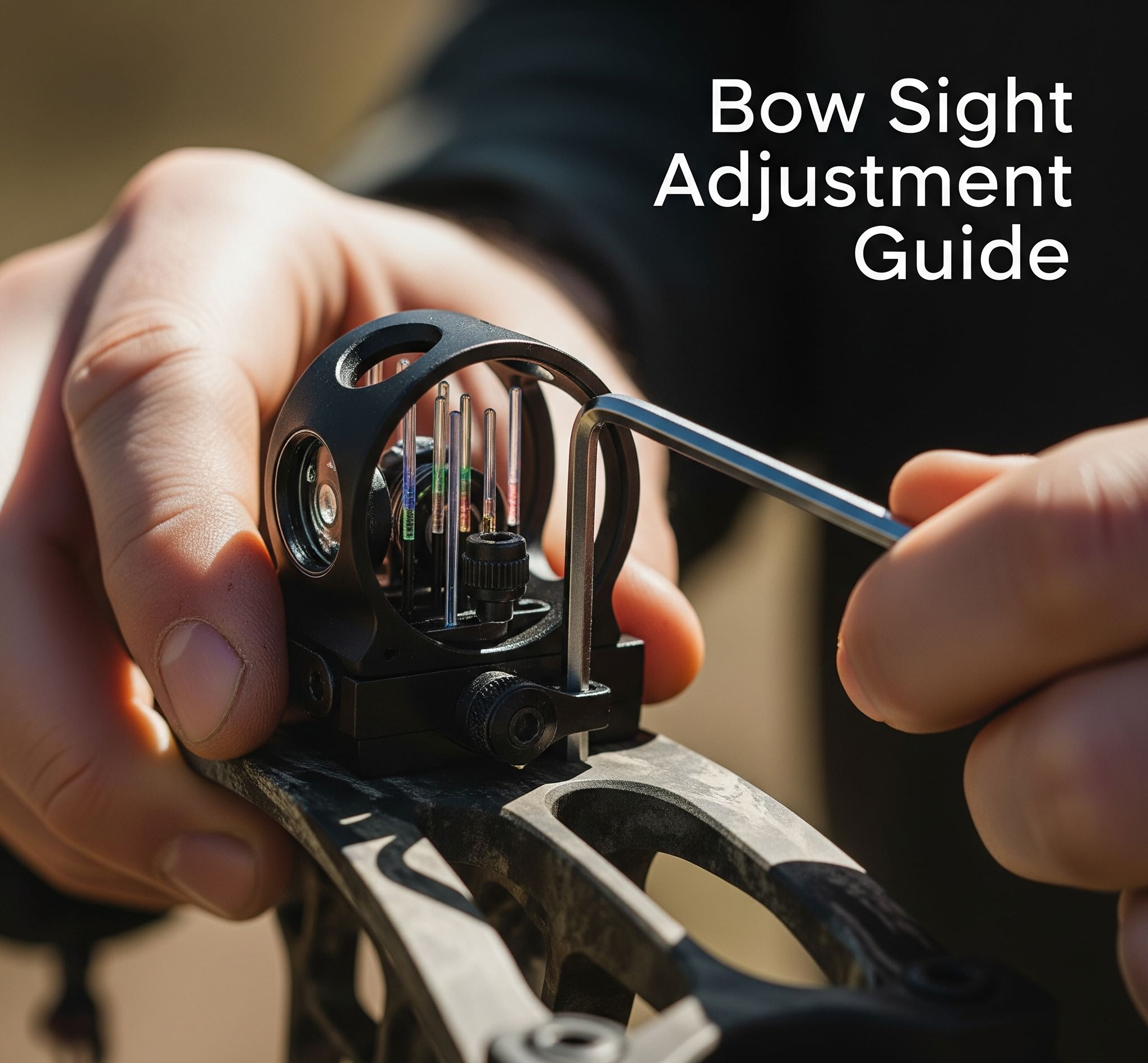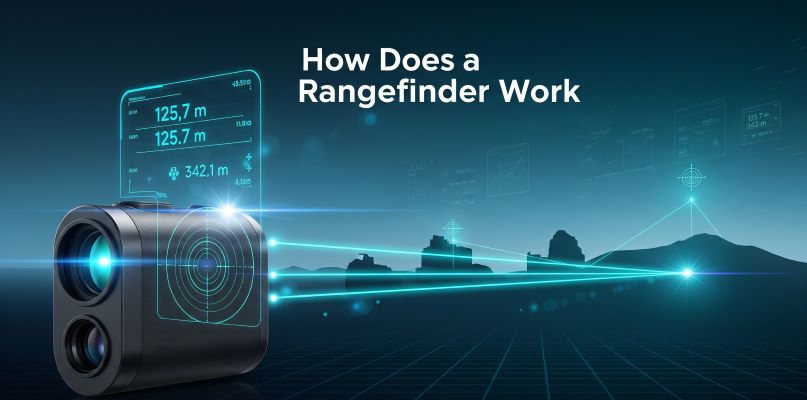

Whether you’re a beginner archer struggling with consistency or an experienced shooter fine-tuning your setup, knowing how to adjust bow sights correctly is essential for accurate shooting. A properly adjusted bow sight can transform your archery experience, turning frustrating near-misses into satisfying bullseyes. This comprehensive bow sight adjustment guide will walk you through every aspect of sight adjustment, from basic windage and elevation tweaks to advanced 3 axis bow sight adjustment techniques.
Before diving into the adjustment process, it’s crucial to understand the key components of your bow sight. Modern bow sights consist of several adjustable elements that work together to help you aim accurately. The sight housing contains your pins (in multi-pin sights) or single pin (in moveable sights), while adjustment mechanisms control windage (left/right movement) and elevation (up/down movement). These sights have two adjustments: windage, which moves the pin left or right; and elevation, which slides the pin up or down.
The fundamental principle of sight adjustment is surprisingly simple: Move your sight toward your group until your arrows hit where you aim. This rule applies to both windage and elevation adjustments. If your arrows consistently hit left of your target, move your sight left. If they’re hitting high, move your sight up. This counterintuitive approach works because moving the sight in the direction of your arrow group effectively moves your aim point in the opposite direction, bringing your arrows to center.
Properly adjusting your bow sight requires patience, consistency, and a methodical approach. Here’s a detailed process for both multi-pin and single-pin sights:
A multi-pin sight has three main adjustments. You can move the sight housing up, down, left and right. You can also move the sight pins up and down. Follow these steps for optimal results:
Single-pin or slider sights require a slightly different approach:
For archers shooting in mountainous terrain or from tree stands, understanding 3 axis bow sight adjustment is crucial. The three axes ensure your sight remains accurate regardless of shooting angle:
The first axis runs horizontally through your sight, controlling the perpendicular alignment of your sight to the bow. This is typically pre-set by manufacturers but should be verified during initial setup.
The second axis of your bow sight refers to the clockwise/counter clockwise position of the sight housing. This ensures your pins are plumb with your bowstring. To adjust:
When taking uphill or downhill shots at angles of 45 degrees or greater and distances longer than 20 yards, this adjustment is absolutely critical to avoid left or right misses. The third axis adjustment prevents your bubble level from giving false readings on steep angle shots. To set it properly:
| Arrow Impact | Sight Adjustment Direction | Adjustment Type |
|---|---|---|
| Hitting Left | Move sight Left | Windage |
| Hitting Right | Move sight Right | Windage |
| Hitting High | Move sight Up | Elevation |
| Hitting Low | Move sight Down | Elevation |
| Left/Right on angles | Adjust Third Axis | Third Axis |
Recurve bow sight adjustment follows similar principles but with some unique considerations. Recurve archers must adjust the plunger (also known as the button). When adjusting a recurve sight:
Even experienced archers can fall into these adjustment traps:
When we get fatigued our performance is going to go right down the tubes. This isn’t when one should push through and force the sight in process. Always adjust your sight when you’re shooting your best, not when tired.
Small, incremental changes are key. Close distances require greater adjustments to see results. Farther distances need smaller adjustments to see results.
Poor shooting form can’t be fixed with sight adjustments. Ensure your technique is consistent before blaming the sight.
After adjusting for one distance, always verify your other pins or sight marks haven’t been affected.
Your bow sight adjustment efforts will be most effective with quality equipment:
| Problem | Possible Cause | Solution |
|---|---|---|
| Inconsistent groups | Loose sight components | Check and tighten all screws |
| Good on flat, off on hills | Third axis misalignment | Adjust third axis at full draw |
| Pins won’t reach distance | Sight bracket too high | Lower entire sight bracket |
| Groups move between sessions | Form inconsistency | Focus on shooting technique |
Developing proficiency in bow sight adjustment requires structured practice:
Check your sight adjustment at the beginning of each season and after any significant impact or transport. Regular shooters should verify settings monthly, as vibration and use can cause slight shifts over time.
In most cases, you should just aim a bit against the wind, to make sure that the arrow hits in the center of the target. Avoid making permanent sight adjustments for temporary wind conditions.
This typically indicates a third axis issue. Even with proper second axis alignment, if the third axis is not properly adjusted, the sight’s level bubble will run off to one side as the angle increases.
For initial setup, always adjust the entire housing first to get your primary pin (usually 20 yards) centered. Only adjust individual pins after the housing is properly positioned for fine-tuning specific distances.
Mastering how to adjust bow sights is a journey that requires patience, practice, and attention to detail. Start with basic windage and elevation adjustments, ensuring your form is consistent before making changes. As you progress, incorporate 3 axis bow sight adjustment techniques to handle any shooting scenario. Remember that even professional archers continually fine-tune their sights as conditions change and their skills evolve. Whether you’re setting up a new sight or troubleshooting accuracy issues, following this bow sight adjustment guide will help you achieve tighter groups and more ethical shots in the field. Keep a notebook of your sight settings for different conditions, and don’t hesitate to seek help from experienced archers or pro shop technicians when facing persistent issues with your sight adjustment.



